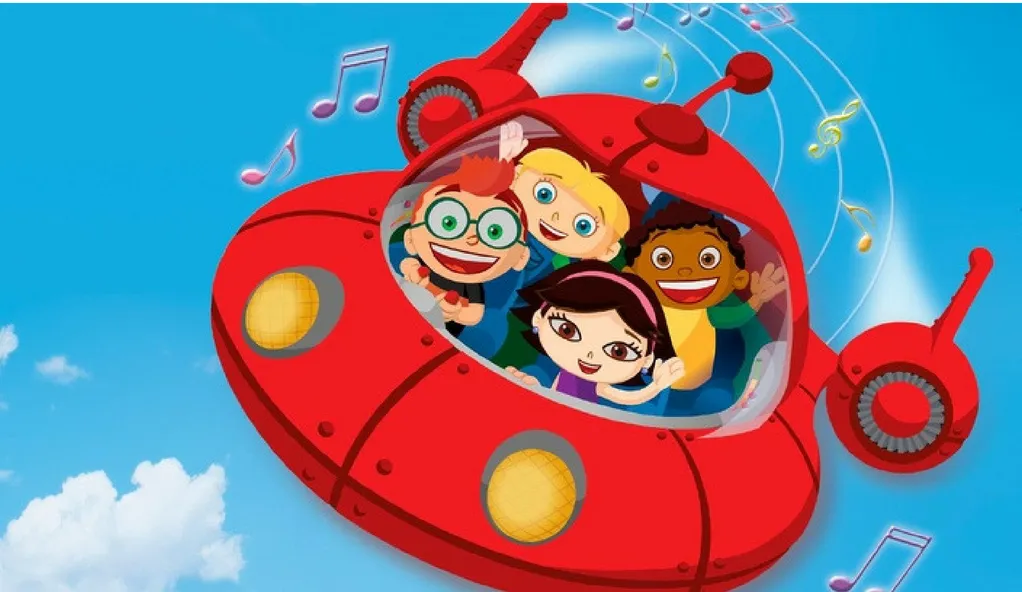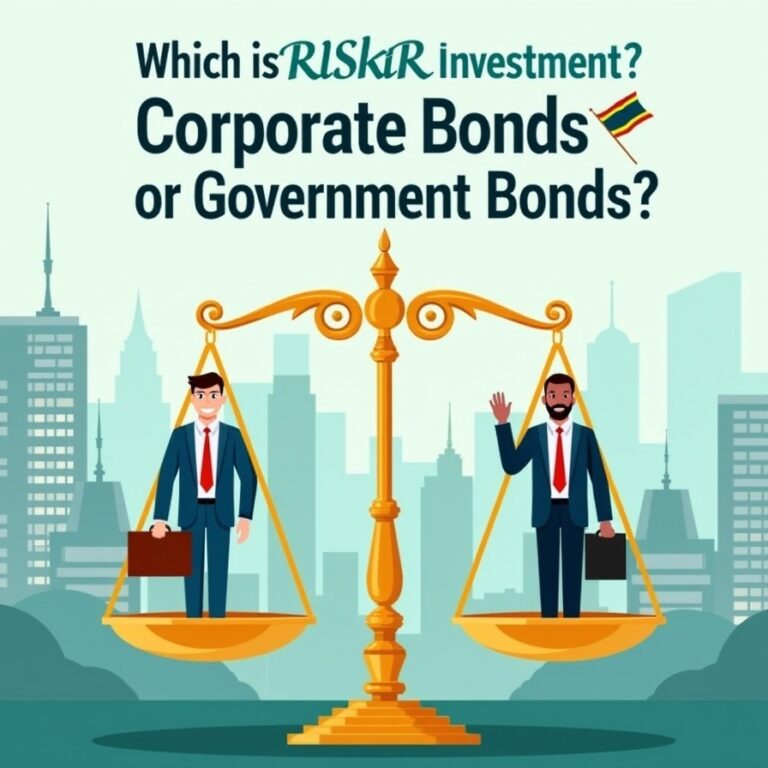Educational Cartoons: The Perfect Blend of Learning and Entertainment
In the colorful world of children’s media, educational cartoons stand out as remarkable tools that seamlessly blend entertainment with valuable learning experiences. These animated wonders have transformed how children absorb information, making education an adventure rather than a chore. From mathematics and science to social skills and emotional intelligence, today’s educational cartoons tackle a wide range of subjects with creativity and developmental sensitivity.
The genius of educational cartoons lies in their ability to disguise learning within engaging narratives and colorful characters that capture children’s imaginations. As screens become increasingly present in children’s lives, these thoughtfully designed programs offer parents and educators valuable resources that turn screen time into growth opportunities. Let’s explore the fascinating world of educational animation and discover why these programs have become essential components of modern childhood.
The Science Behind Educational Animation
How Children Learn Through Animated Content
Educational cartoons leverage key principles of child development and learning psychology to create effective teaching tools. The combination of visual stimulation, narrative structure, and auditory elements creates multi-sensory learning experiences that accommodate different learning styles.
Cognitive science research shows that information presented in narrative form is typically more memorable than facts presented in isolation. When educational concepts are embedded within stories featuring beloved characters, children retain information more effectively. The emotional connection to characters increases engagement and motivation, making learning feel like play rather than work.
Animation also excels at making abstract concepts concrete and visible. Complex ideas that might be difficult to explain with words alone become accessible through visual representation. When children see mathematical concepts illustrated through character adventures or scientific principles demonstrated through animated experiments, these abstract ideas become tangible and understandable.
Age-Appropriate Design Principles
Effective educational cartoons carefully align content with developmental stages. Programs targeting preschoolers typically feature slower pacing, clear visual design, and deliberate repetition of key concepts. This repetition, often viewed negatively in adult entertainment, serves a crucial educational function for young children who benefit from multiple exposures to new information.
As target audiences age, educational animation evolves to include more complex narratives, sophisticated humor, and challenging content. The best educational cartoons grow with their audiences, introducing increasingly advanced concepts while maintaining the engaging qualities that make animation appealing.
Historical Evolution of Educational Animation
From Entertainment to Education
Educational cartoons have come a remarkable distance since their early incarnations. While children’s animation began primarily as entertainment, educators and creators gradually recognized the medium’s potential for delivering meaningful educational content.
Early pioneers like “Schoolhouse Rock!” demonstrated how catchy songs and memorable animation could teach everything from grammar rules to historical events. These short segments, originally created to make commercial breaks more valuable, became cultural touchstones that taught generations of children about conjunctions, how bills become laws, and the preamble to the Constitution.
The 1990s saw a significant expansion of educational animation with shows like “Magic School Bus” transforming science education through fantastic voyages inside the human body, through ecosystems, and even into space. This era established that educational content could drive successful, entertaining programs rather than simply being inserted into otherwise entertainment-focused shows.
The Digital Revolution and Beyond
The advent of digital technology transformed educational animation both in production techniques and distribution methods. Computer animation opened new possibilities for visual representation of complex concepts, while the internet and streaming services made educational content more accessible than ever before.
Today’s landscape includes a remarkable diversity of educational animation across traditional television, streaming platforms, apps, and websites. This accessibility means children can engage with educational content on demand, allowing for personalized learning experiences tailored to individual interests and developmental needs.
Core Curriculum Areas in Educational Animation
STEM Learning Through Animation
Science, Technology, Engineering, and Mathematics (STEM) concepts feature prominently in modern educational cartoons. These subjects, which can sometimes seem intimidating in traditional educational settings, become approachable and exciting when presented through animation.
Shows dedicated to STEM learning use creative storytelling to demonstrate scientific principles in action. Characters might shrink down to observe cellular processes, travel through mathematical dimensions, or engineer solutions to community problems. These narrative approaches contextualize STEM concepts within relatable scenarios, helping children understand not just the “what” but the “why” and “how” of scientific principles.
The visual nature of animation makes it particularly effective for demonstrating cause-and-effect relationships and processes that unfold over time. Complex systems become visible and comprehensible when illustrated through carefully designed animation sequences.
Literacy and Language Development
Language acquisition and literacy skills benefit tremendously from quality educational animation. Programs targeting early literacy often emphasize phonemic awareness, letter recognition, and vocabulary development through character-driven stories and songs.
For children learning to read, seeing words highlighted while they’re spoken reinforces the connection between written and spoken language. Animation can bring stories to life, fostering a love of narrative that motivates children to develop reading skills.
Many educational cartoons also introduce children to different languages and cultures, expanding linguistic horizons beyond their immediate environment. This exposure during the sensitive period for language development can build foundations for later language learning and multicultural appreciation.
Social-Emotional Learning
Perhaps the most significant recent development in educational animation is the emphasis on social-emotional learning (SEL). Modern educational cartoons frequently address emotional intelligence, conflict resolution, empathy, and interpersonal skills through character interactions and storylines.
These programs provide children with emotional vocabulary and models for handling challenging situations. When animated characters navigate friendship difficulties, express complex feelings, or work through problems, they provide valuable templates for young viewers developing these skills in their own lives.
The safe distance provided by animation allows children to process difficult emotions and scenarios without feeling personally threatened. This emotional scaffolding helps children develop resilience and social competence in a supportive context.
Special Topics in Educational Animation
Environmental Education and Sustainability
As environmental concerns become increasingly prominent, many educational cartoons incorporate themes of conservation, sustainability, and ecological awareness. These programs help children develop environmental consciousness from an early age, fostering a generation of environmentally responsible citizens.
Through adventures in various ecosystems, exploration of environmental challenges, and stories about conservation efforts, animated characters become ambassadors for environmental education. These narratives help children understand their connection to the natural world and inspire positive environmental action.
Cultural Diversity and Global Citizenship
Quality educational animation increasingly reflects the diverse world children inhabit and will shape as future citizens. Shows featuring characters from different cultural backgrounds, varied family structures, and diverse abilities help children develop appreciation for difference while recognizing shared human experiences.
These programs often incorporate authentic cultural elements, traditional stories, and diverse perspectives, expanding children’s worldviews beyond their immediate communities. This cultural education lays foundations for global citizenship and intercultural competence essential in our interconnected world.
Evaluation and Selection of Quality Educational Cartoons
Balancing Entertainment and Educational Value
Not all cartoons labeled “educational” deliver equivalent learning benefits. Parents and educators face the challenge of evaluating programs to identify those offering meaningful educational content rather than merely superficial learning elements.
Quality educational animation maintains a careful balance between entertainment and education. The most effective programs integrate learning objectives so seamlessly within engaging narratives that children don’t perceive themselves as “learning” while absorbing valuable information and skills.
Signs of quality educational content include age-appropriate pacing, clearly defined learning objectives, accurate information, positive social modeling, and diverse representation. Programs developed with input from educational experts typically demonstrate stronger learning design than those created primarily for entertainment.
Age-Specific Recommendations
Different developmental stages require different approaches to educational animation. For toddlers and preschoolers (ages 2-5), ideal programs feature simple narratives, clear visual design, gentle pacing, and frequent repetition of key concepts. Interactive elements that encourage movement and verbal responses help maintain engagement while promoting active rather than passive viewing.
Elementary-aged children (ages 6-9) benefit from more complex narratives that introduce advanced vocabulary and concepts while maintaining engaging storylines. Programs for this age group often address school readiness skills while exploring social dynamics and expanding academic knowledge.
Older children and preteens (ages 10-12) respond to sophisticated storytelling that respects their growing cognitive abilities while addressing increasingly complex topics. Educational animation for this age group might explore advanced science concepts, historical events, or social issues through multilayered narratives.
The Future of Educational Animation
Emerging Technologies and Interactive Learning
The future of educational animation looks increasingly interactive and personalized. Emerging technologies like augmented reality, virtual reality, and artificial intelligence promise to transform educational animation from passive viewing experiences to immersive learning environments.
Interactive educational animation already allows children to make choices that affect narrative outcomes, reinforcing agency and decision-making skills. As these technologies develop, the boundaries between educational animation and educational gaming continue blurring, creating hybrid learning experiences that combine the narrative strength of animation with the engagement of interactive play.
Research-Based Innovation
Ongoing research into child development, learning science, and media effects continues informing the evolution of educational animation. As understanding of effective educational design advances, creators incorporate new insights into program development.
Partnerships between entertainment companies, educational institutions, and child development experts drive innovation in the field. These collaborations ensure that educational animation remains both entertaining and pedagogically sound, maximizing benefits for young viewers.
Conclusion
Educational cartoons represent a powerful synthesis of entertainment and education, offering unique opportunities to engage children’s minds while developing essential knowledge and skills. The best examples transform learning from an obligation to an adventure, nurturing curiosity and a love of discovery that extends beyond screen time.
As screen media continues playing significant roles in children’s lives, quality educational animation offers valuable alternatives to purely entertainment-focused content. By understanding what makes educational cartoons effective and selecting programs aligned with children’s developmental needs and interests, parents and educators can transform screen time into valuable learning experiences.
Whether supporting school readiness, reinforcing classroom learning, or exploring subjects beyond traditional curricula, educational cartoons contribute significantly to children’s development. In their colorful animated worlds, education becomes an exciting journey of discovery rather than a destination—creating foundations for lifelong learning through the magic of animation.






